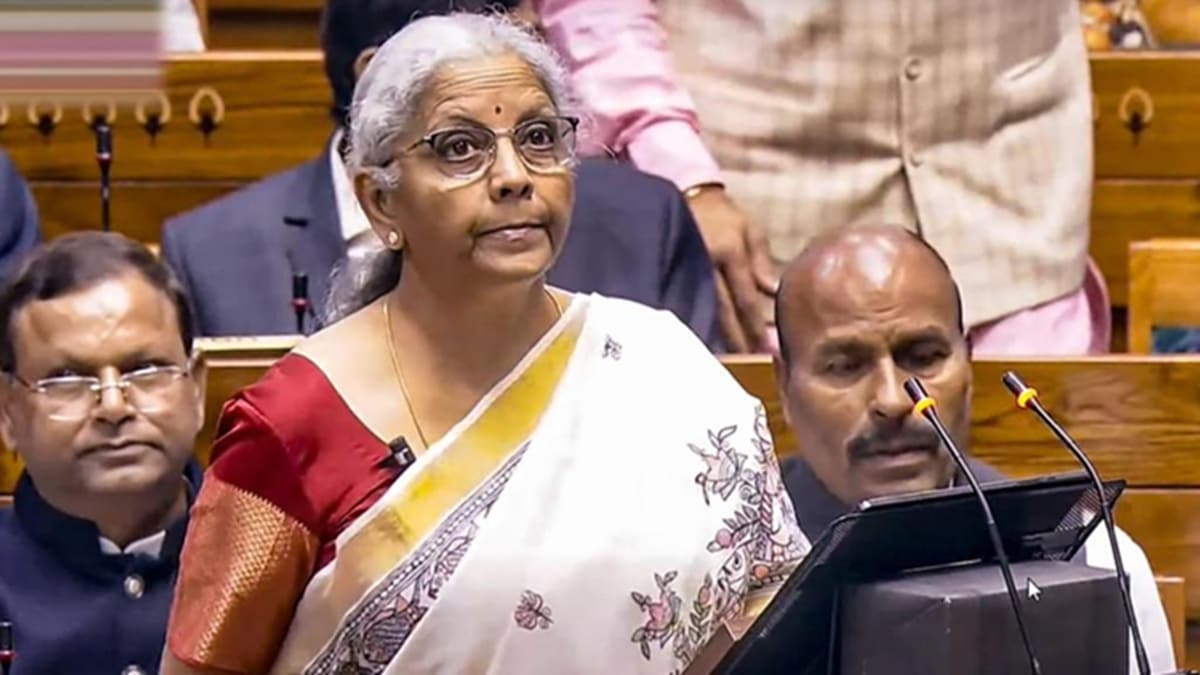By Girish Sharma
You can’t talk about digital transformation in India without steering the conversation to cloud computing. Many organisations are making the shift to cloud to help them gain computing power, enable access to a hybrid workforce, save money and access innovation, among other benefits – often with the help of a managed service provider (MSP).
Let’s examine the prevailing cloud trends in India.
1. Multicloud and hybrid cloud
While multicloud involves leveraging services from multiple cloud providers, hybrid cloud combines public and private cloud environments and allows data and applications to be shared between them. The adoption of both multicloud and hybrid cloud continues to grow in India, and these models won’t disappear in the foreseeable future. Interestingly, there’s even been a subtle shift as some workloads are being repatriated from public clouds to private or hybrid models, fuelled by factors such as cost concerns, implementation issues and customization needs. This shift also demonstrates the importance of flexibility and agility in cloud strategies.
2. Cloud-native applications
The ongoing transformation of applications and infrastructure is part and parcel of the shift toward cloud-native technologies, so cloud-native applications represent a logical progression in technology. The application modernization leveraging technologies like Red Hat’s OpenShift, suse rancher, open source OpenShift etc is becoming widespread. Now, when organisations are due for a refresh, they use the opportunity to replatform, modernize and rearchitect their applications – all to go cloud-native.
3. Cloud observability, cost optimisation and governance
In this evolving cloud ecosystem, 360° cloud observability is a crucial trend as organisations aim to monitor and optimise their cloud-based applications for performance and reliability. The goal is to provide a comprehensive view that enables teams to understand how different components interact, identify issues and optimise performance. But it’s not only application performance that matters. Cloud cost optimisation is also key, with organisations starting to follow FinOps principles to bring together their finance, operations and technology teams to manage their cloud computing costs. Then, cloud governance is closely tied to both multicloud adoption and cost optimisation, underscoring the need for a comprehensive strategy to manage diverse cloud environments efficiently.
4. AI and machine learning
The excitement around AI and machine learning – a hot topic in the cloud environment – is transitioning into a phase of meticulous evaluation because organisations are keen to understand the return on investment for their AI initiatives. For instance, when an organisation has received a substantial bill for AI infrastructure usage, it is now likely to prompt a closer examination of the tangible benefits. This shift reflects a maturation process where organisations are becoming more discerning about the practical impact of AI on both their operations and their finances.
5. Cloud security
The fast-evolving threat landscape compels organisations to prioritise security as an integral aspect of their cloud strategy. Traditional security measures, such as endpoint detection and response (EDR) and firewalls, are evolving into more sophisticated solutions that also involve managed detection and response (MDR) and extended detection and response (XDR). This has led to a steady increase in the inclusion of cloud security in almost every single cloud deal with MSPs, including spending allocation to security operations centers.
6. Edge computing
While edge computing is a growing part of the global technology narrative, its prevalence in India is less pronounced. Even so, edge-to-cloud strategies are gaining prominence to optimise the efficiency, performance and responsiveness of applications. These strategies distribute data processing and storage across a continuum, starting from edge devices and extending to centralised cloud infrastructure. Organisations venturing into edge computing should, however, avoid double spending stemming from mirroring technologies in the cloud at the edge. Working with an MSP can help avoid such a situation.
7. Industry cloud platforms
Industry-specific cloud platforms are gaining momentum in India, particularly in sectors like energy and utilities as well as financial services. This approach emphasises the development of a common pool of tools and technologies tailored for specific industries, showcasing a targeted and impactful application of cloud solutions. MSPs are working on a range of platform-as-a-service offerings in this regard. For example, NTT DATA sees opportunities for a focus on hybrid SAP in India’s manufacturing industry.
Conclusion
The cloud landscape in India is dynamic and multifaceted. So, how will your organisation stay competitive and resilient in this new digital era? You have to choose the best execution venues for your platforms – and there isn’t one cloud to rule them all. My advice for dealing with the complexities and risks of the journey to cloud is simple: work with an experienced MSP to gain instant access to the skills you need. However, take care when selecting a partner: focus on the MSP’s efficiency and ability to manage diverse workloads across multiple clouds.
The author is senior director, products and services, NTT Ltd in India









